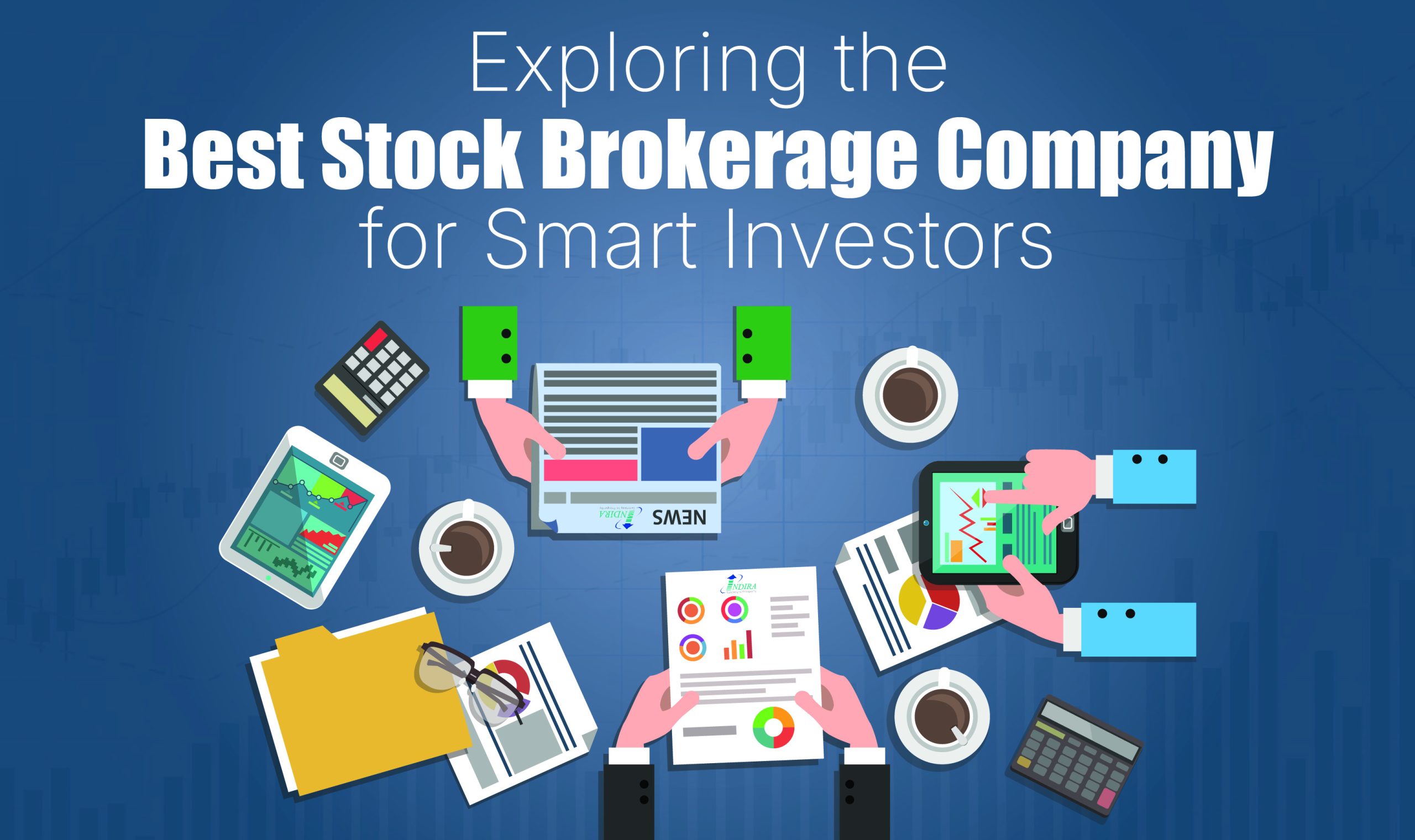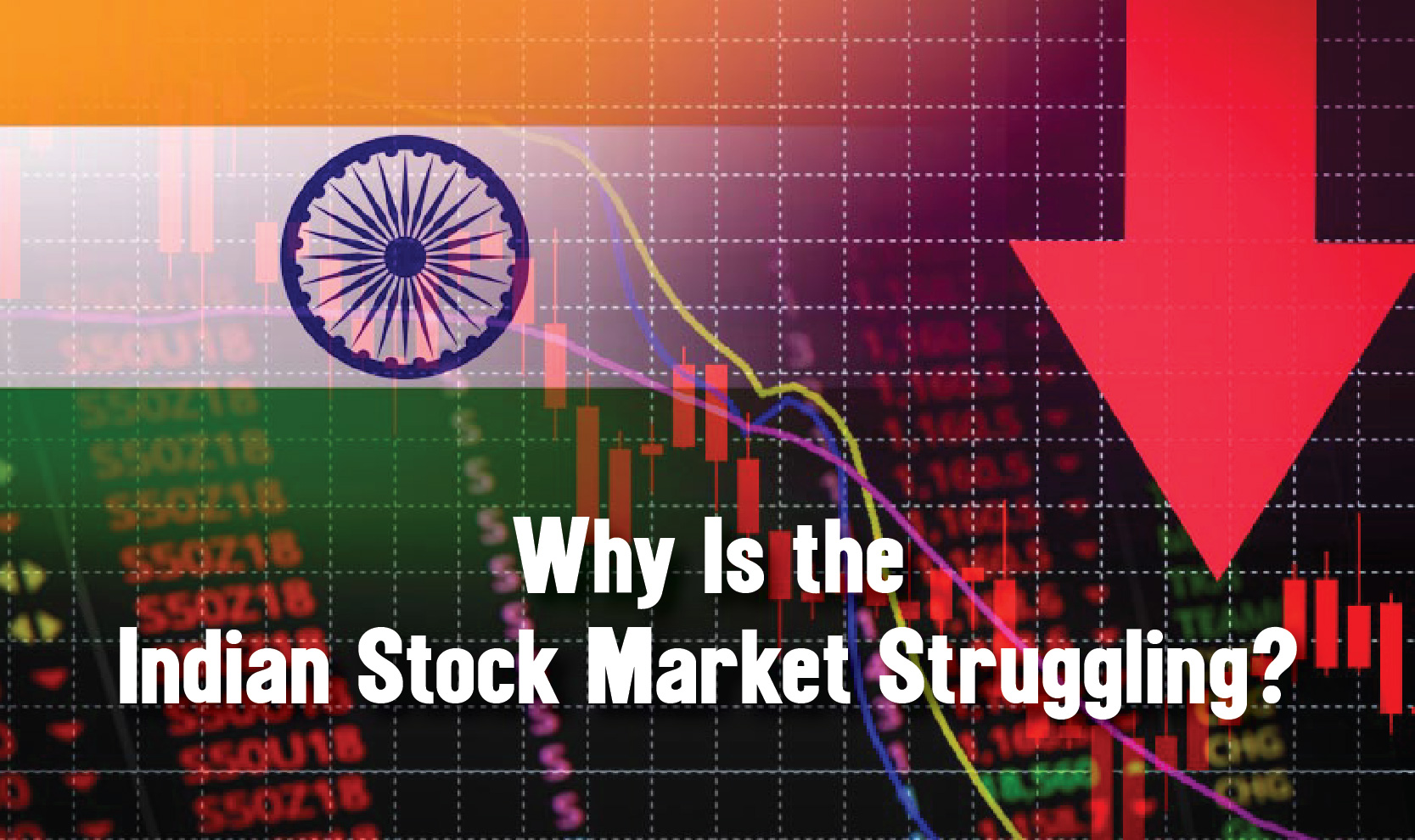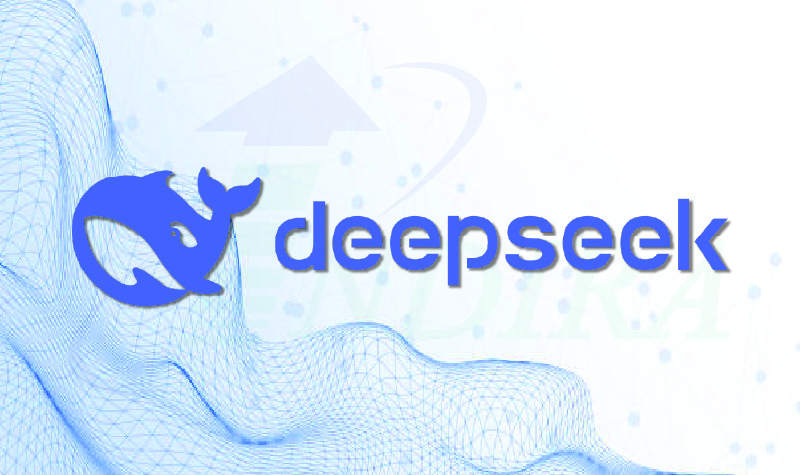Indian markets are going down, and everyone’s blaming FII selling. Okay, fair. But the real question is: Who are FIIs, and why are they selling?
Foreign Institutional Investors (FIIs) are big financial institutions from outside India that invest in Indian stocks, bonds, and other assets. Think of them as huge investors—mutual funds, pension funds, hedge funds, and insurance companies from the US, Europe, or other countries—putting money into Indian markets.
FIIs invest where they see the potential to maximize real returns. Many retail investors, especially those using online trading platforms in India, closely follow FII activity to make informed decisions.
Let’s Look at the Data
The S&P 500 (which tracks the US market) has given a 14% CAGR over the past 20 years, while the Nifty 50 (tracking the Indian equity market) has delivered 16% CAGR in the same period.
At first glance, this looks like a win for India. But before we celebrate, let’s dig deeper—because this isn’t the full picture.
FIIs Don’t Just Sell Randomly—They Compare Returns in USD Terms
USD terms?
See, the world doesn’t run on Rupees alone. When we talk about buying power on a global scale, the US Dollar still reigns supreme. Over the last decade, as the Rupee weakened against the Dollar, the actual returns for FIIs in USD terms got eroded.
Example of INR Depreciation
- 2015: $1 ≈ ₹61.65
- 2025: $1 ≈ ₹87.50
- INR has weakened by ~42% in a decade!
This impacts FIIs’ profitability, leading them to sell.
Now, imagine this: FIIs control over 1/5th of Indian equities. When they move, the markets feel it—hard.
Other Key Reasons Behind This Market Slump
1. High Valuations & Low Earnings Justification
Stocks had soared, but earnings haven’t kept up. When fundamentals don’t align with stock prices, corrections are inevitable.
2. Global Economic Uncertainty
Global issues like U.S. tariffs, geopolitical tensions, and the Federal Reserve’s uncertain interest rate policy are affecting market sentiment worldwide. If the U.S. sneezes, India catches a cold.
3. SEBI’s Crackdown on Derivatives Trading
SEBI’s new rules have led to a huge drop in daily derivatives trading volumes, reducing market liquidity and raising investor concerns. Online trading platforms are also experiencing changes due to these regulatory shifts.
4. Sector-Specific Weaknesses
- Auto stocks, which shined due to EV disruption, are now struggling with weak EV demand.
- IT stocks are under pressure due to slowing global tech demand.
5. Smallcap & Midcap Bear Market
The Nifty Smallcap Index is entering bear market territory. Many retail investors, drawn in by the hype, are now facing significant losses. Investors looking for stability are turning to the best stock brokerage company options to navigate the turbulence.
6. FII & DII Selling Pressure
FIIs are pulling money out due to global risks, while DIIs are cautious, adding to selling pressure and market volatility.
7. Spike in Volatility
The India VIX has surged, indicating rising fear and uncertainty among investors.
Why the Panic?
1. Self-Fulfilling Fear
Investors see others panicking and start selling, creating a chain reaction of further declines.
2. Retail Traders in Trouble
Many retail traders, caught off guard by SEBI’s new rules, are scrambling to exit positions, adding to the uncertainty. This has put additional focus on finding the best stock brokers to provide better guidance and risk management.
3. Negative News Amplification
Headlines like “Market Crash!” are amplified, fueling fear-driven sell-offs.
4. Global Domino Effect
When global markets suffer, Indian investors assume the same fate is inevitable, causing broader panic.
What Should Investors Do?
- Don’t Panic-Sell – Stick to your long-term investment strategy. Selling in panic only locks in your losses.
- Look for Opportunities – Corrections often create buying opportunities. Focus on fundamentally strong stocks that have been oversold.
- Diversify – Don’t put all your eggs in one basket. Spread investments across sectors and asset classes to reduce risk.
As investors, we’re often at the mercy of market volatility. But staying calm, maintaining a clear strategy, and avoiding impulsive reactions can help navigate these turbulent times. Choosing the best stock brokerage company and using online trading platforms can also help traders make better decisions.
What do you think? Are you holding strong, or is your portfolio becoming a “panic room”?!







